The revolution in digital health has reshaped the way customers receive medical attention and medication, and medicine delivery app development takes the center stage in this revolution. With the onset of 2025, the need for quicker, more convenient, and more secure methods of receiving medications continues to grow. Pharmacies, startups, and healthcare multinationals are all heavily investing in secure mobile platforms that provide easy prescription handling, punctual deliveries, and better patient experiences.
Let’s examine the most prominent trends influencing medicine delivery app development in 2025 and beyond.
1. AI-Powered Prescription Management
Artificial Intelligence is becoming an integral part of medicine delivery app development. AI can scrutinize prescriptions for correctness, alert possible drug interactions, and even remind patients to take medication. In 2025, apps will increasingly use AI to provide customized health information and automate processes such as prescription renewal requests and dosage tracking.
AI chatbots are also increasingly being used, allowing people to receive immediate responses to questions regarding side effects, dosing instructions, and medication options — lessening the necessity of communicating directly with pharmacists.
2. Same-Day and Drone Deliveries
Convenience and speed are still of utmost importance to consumers. With advancements in logistics technology, most medicine delivery apps are focusing on same-day or even one-hour delivery. Partnerships with neighborhood pharmacies and decentralized models of fulfillment are fueling this trend.
Even more futuristic, drone deliveries are gaining traction in both urban and rural settings. Companies are piloting autonomous drones to deliver medications securely and efficiently, bypassing traffic and logistical delays. In 2025 and beyond, drone-based medicine delivery may become a norm, especially for remote or emergency-use cases.
3. Integration with Telemedicine Platforms
Medicine delivery app development is increasingly converging with telehealth solutions. Following a virtual consultation, patients are looking for an optimized experience — including direct prescription delivery. New apps are interoperating with telemedicine platforms to synchronize e-prescriptions automatically, give healthcare professionals digital access, and complete medication orders with no additional steps.
This end-to-end ecosystem forms an easy healthcare loop: diagnosis to consultation to medicine delivery — all through one app.
4. Blockchain for Prescription Safety
Prescription forgery and counterfeit pills are persistent problems. In 2025, increasing numbers of developers are looking to blockchain technology to verify prescription security. With decentralized ledgers, every transaction — from doctor writing to pharmacy filling — is safely recorded and cannot be tampered with.
Blockchain also allows users to follow the origin, authenticity, and handling of their drugs in real-time, which enhances trust and transparency in the supply chain.
5. Subscription-Based Drug Plans
Recurring drugs for chronic diseases — like diabetes, high blood pressure, or mental illness — are optimally served by subscription models. Most medicine delivery applications are moving towards a subscription-based model in which customers can enable monthly refills, get reminder notifications on time, and take advantage of bulk order discounts.
In 2025, expect to see more personalized subscription plans that adjust based on health trends, insurance integration, and pharmacy inventory availability — all made possible by intelligent backend systems.
6. Voice and IoT Integration
Smart homes and wearables are influencing how people interact with mobile applications. In the coming years, medicine delivery app development will increasingly support voice commands through devices like Amazon Alexa, Google Assistant, and smartwatches.
Refills will be requested, delivery tracked, and medication reminders provided using voice only. Integration with wearable devices and smart pillboxes will also enable real-time monitoring of medication intake, which will automatically sync with the app.
7. Hyper-Personalized User Experience
As data analytics and machine learning have emerged, personalization has become the norm. Apps will start providing customized experiences — ranging from medication recommendations based on previous prescriptions to curated wellness products and content.
Sophisticated profiling, along with AI and health data, will enable medicine delivery apps to give notifications of new drug releases, refill predictions, and even diet recommendations based on medications being consumed.
8. More Robust Regulatory Compliance and Data Security
With digital healthcare growing, data protection and regulation concerns also expand. Medicine delivery applications in 2025 need to comply with changing standards such as HIPAA, GDPR, and national healthcare policy.
Developers are integrating secure authentication, end-to-end encryption, and biometric login mechanisms into their platforms. Additionally, reporting and audit capabilities that help ensure pharmacy partners and prescribers comply with current standards are being integrated into apps.
9. Sustainability-Oriented Features
Sustainability is no longer a choice. Environmentally conscious consumers are gravitating toward like-minded brands. Consequently, medicine delivery mobile app development is evolving by providing carbon-neutral delivery services, green packaging, and electronic receipts rather than printed prescriptions.
Apps can also feature medication recycling or safe disposal options to minimize pharmaceutical waste — helping with both environmental and public health safety.
10. AR for Pill Identification and Instructional Support
Augmented Reality (AR) is invading medical apps in innovative methods. Pill recognition is one such new feature: users can hold their phone’s camera up to a tablet or capsule and see its identity with AR overlays. Moreover, AR instructions can assist patients in learning how to utilize medical equipment or use topical medications properly.
This immersive technology boosts user confidence and minimizes misuse of medication among older users or the visually impaired.
Conclusion
The future of medicine delivery app development in 2025 and beyond is characterized by innovation, user empowerment, and frictionless healthcare experiences. As AI, blockchain, telemedicine, and logistics technologies mature, we can anticipate more intelligent, secure, and responsive medicine delivery platforms.
Companies venturing into this arena need to concentrate on developing solutions that not only address medical requirements but also offer convenience, trust, and individualized attention. Investing in these trends will enable companies to remain competitive in a competitive market and play their role in transforming the global healthcare landscape.
Whether you’re a healthcare startup, retail pharmacy, or software developer, now is the moment to jump into the next wave of medicine delivery app development and reimagine how healthcare is accessed and delivered.
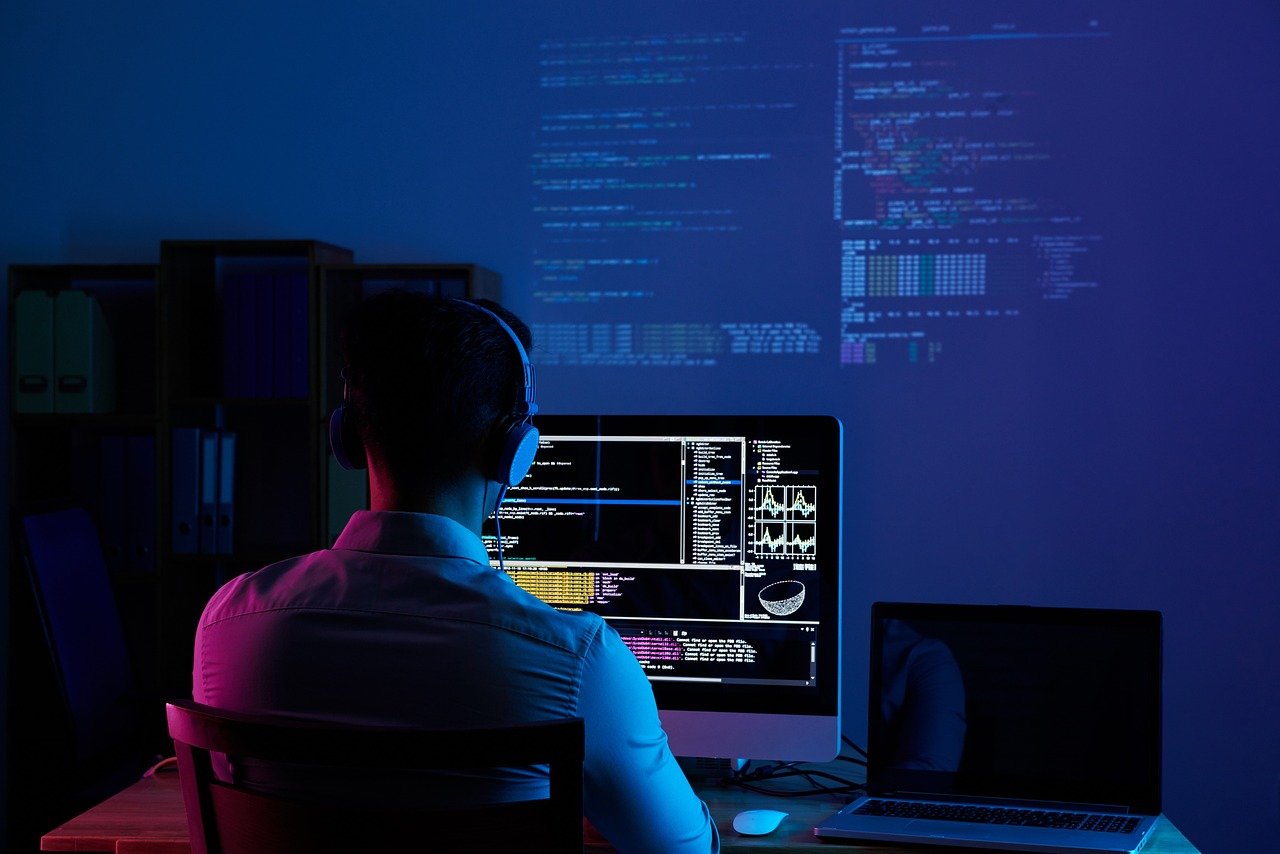
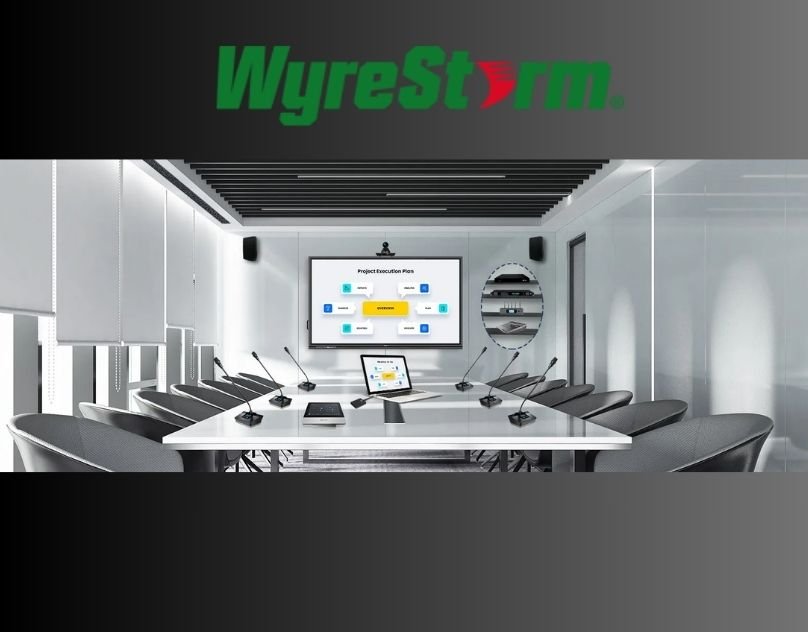

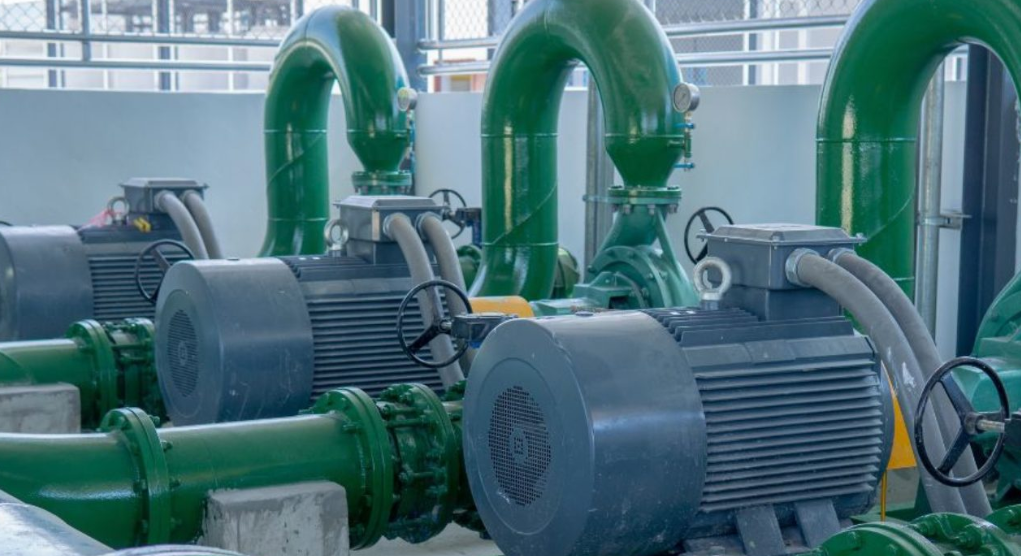


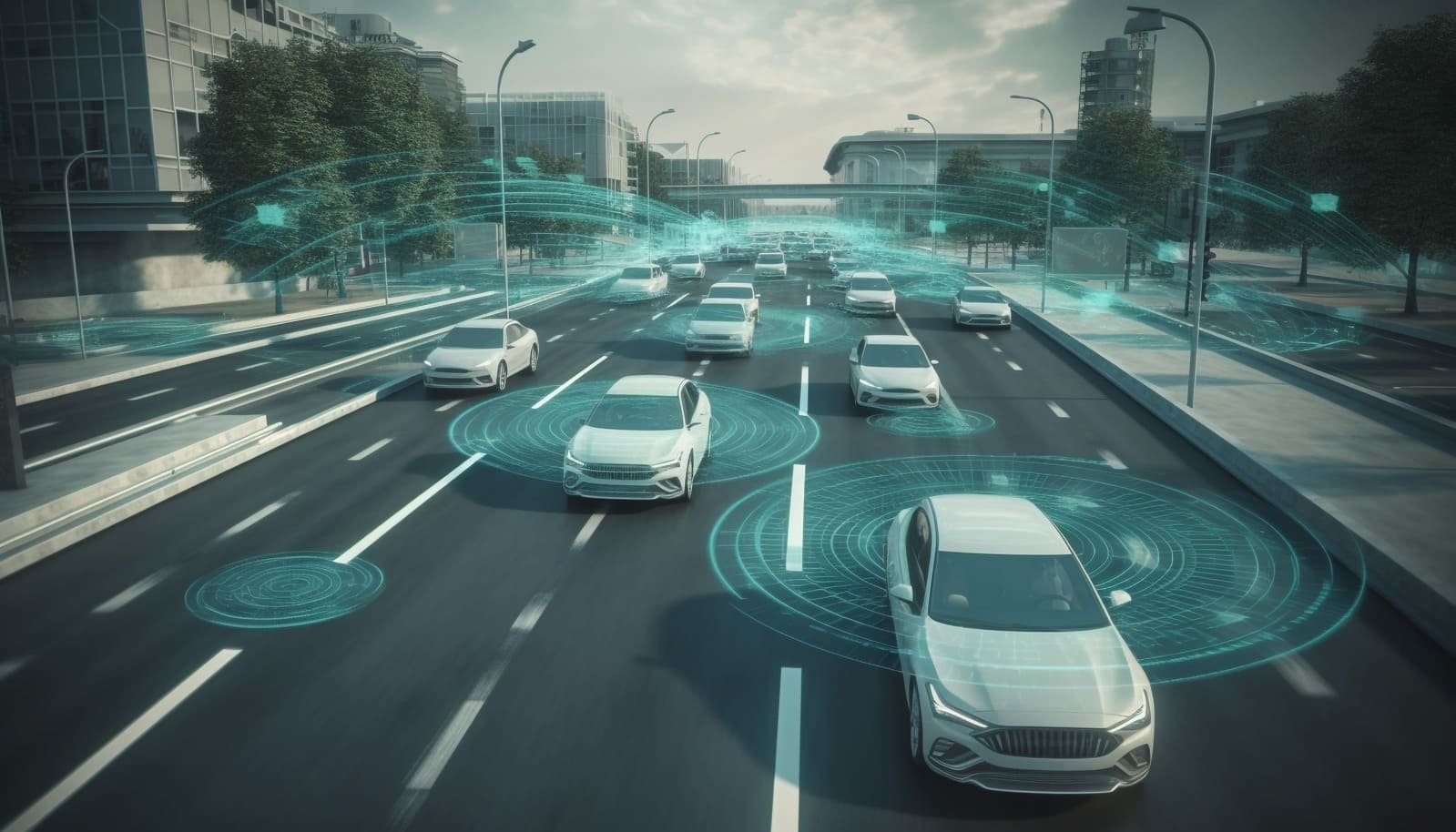



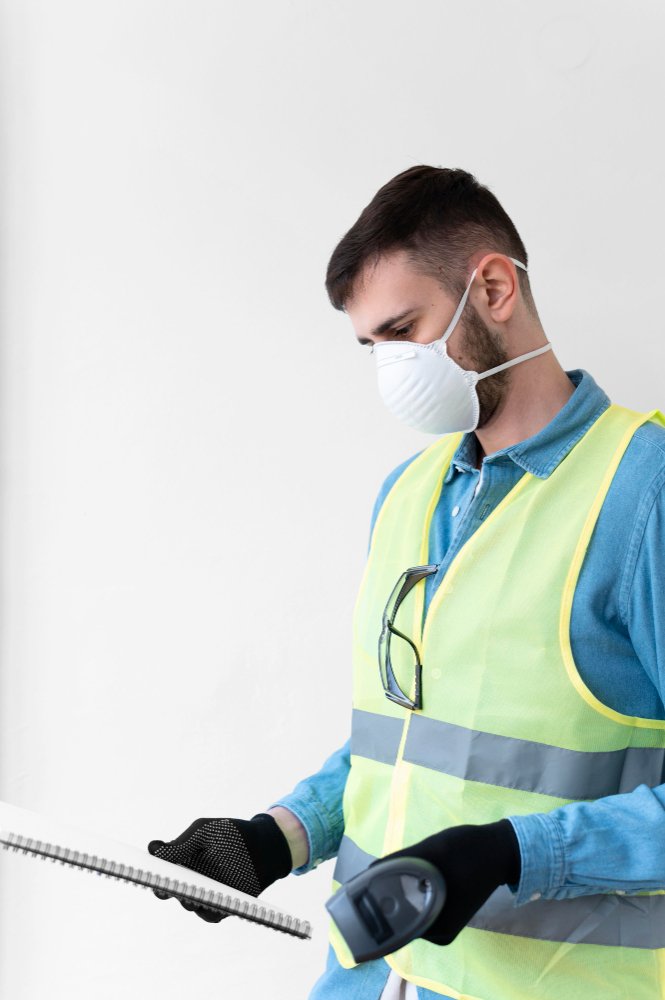
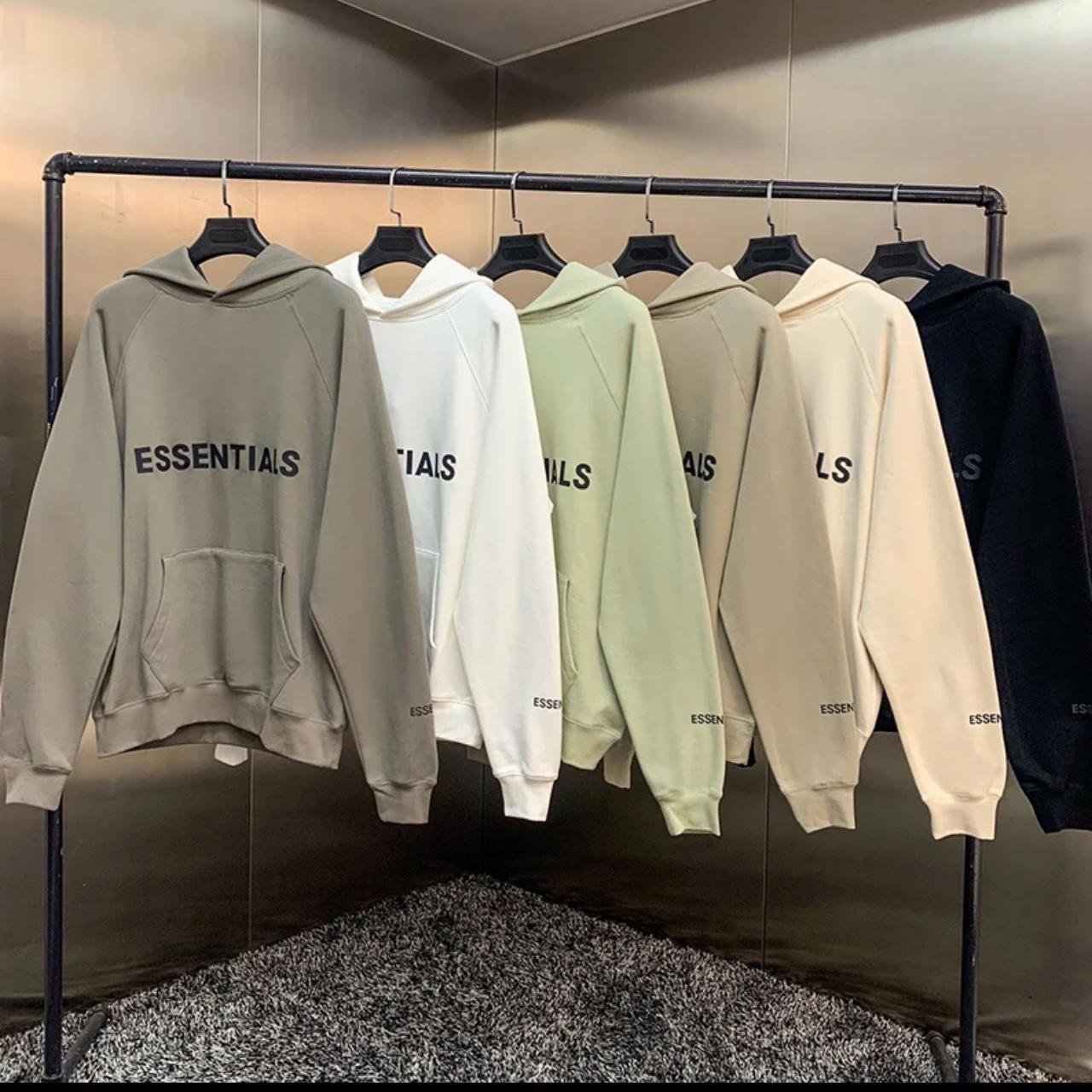


Leave a Reply